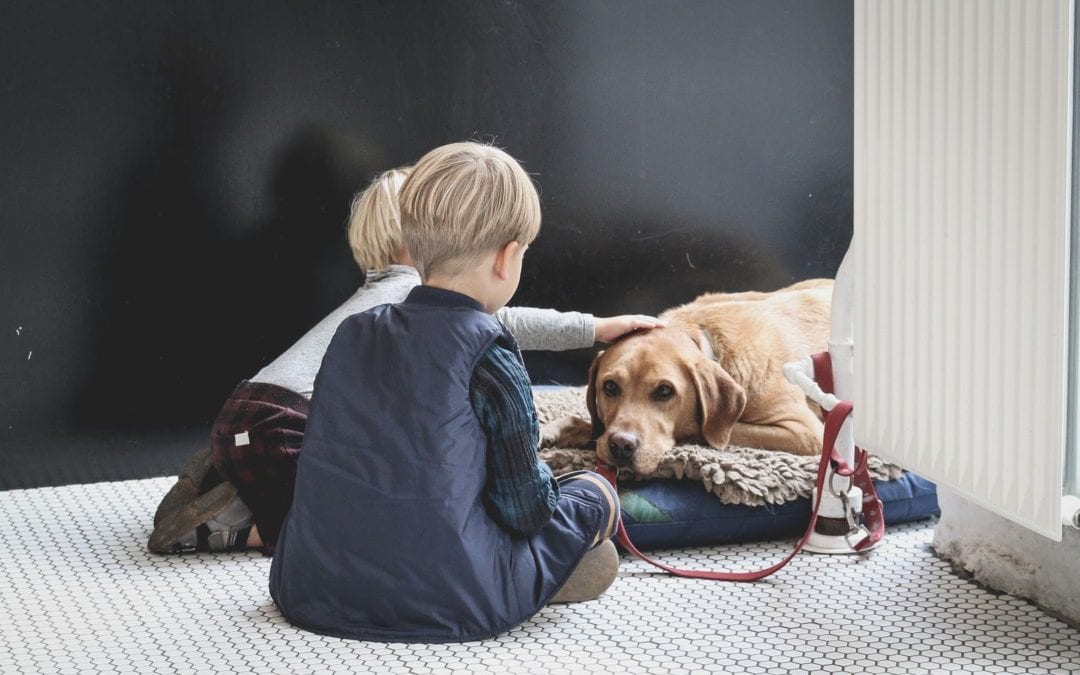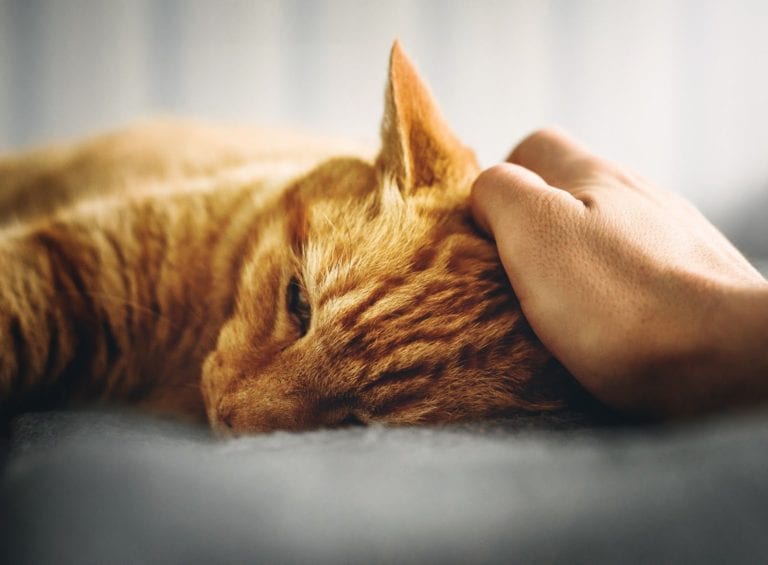6 Things You Should Know About Pet Euthanasia

In a veterinary setting when your pet is suffering from a catastrophic illness or injury the option of humane euthanasia may come up during a veterinary visit. It’s one of the most important and difficult decisions that a pet owner has to make.
The decision to say goodbye to a beloved companion is very personal. Hopefully, by understanding how humane euthanasia works and why it’s an option, this article can help ease the burden of that decision.
Why was humane euthanasia recommended?
When an animal is sick or injured it’s the veterinarian’s job to determine the severity of the problem and what they can do to help the patient. Determining how severe the problem is through diagnostic tests helps them to understand how the pet’s quality of life will be affected.
When a patient has a low quality of life due to a poor prognosis it may be recommended that the owner consider humane euthanasia to end any suffering.
What happens if humane euthanasia is decided?
At Happy Tails Veterinary Emergency Clinic we have a protocol to follow when an owner has made their decision. The client communicator will answer any questions and review the necessary paperwork with the owner that details consent for the process and what options they have for aftercare.
On most occasions, the owner has the option to be with their pet when the procedure happens. However, in some rare situations that is not always possible.
Should children be present during the euthanasia?
This is solely up to the parent of the child in question. It’s important for them to be able to say goodbye to the family pet. However, if the parent believes that it will be too difficult for them to watch, the child may be with the pet before the veterinarian comes in to perform the euthanasia.

What will happen during the process?
The veterinarians at Happy Tails follow a two-step process when it comes to humane euthanasia. If the owner has chosen to be present during the process, the pet will receive an intravenous (IV) catheter to ensure that it is stress-free for them and the owner.
When the owner has spent time with their pet and is ready for the veterinarian, they will press a button that signals to the staff that they are prepared for the next step.
At that point, the veterinarian will enter the room and talk them through the process. The first injection is a heavy sedative to relax the patient before proceeding. The second injection, the euthanasia solution, is given once the pet is sedated.
Things to be aware of after the injection is given:
- The eyes will not close all the way
- The bladder and bowels may relax
- There may be a gasping breath (called an agonal breath) that is more of a muscle spasm – the pet is not aware of this
- There may be muscle twitching
Not every patient is the same and an owner may not notice any of these things, however, it is a good idea to be prepared for them.
What happens afterward?
Depending on the options that the owner chose for aftercare, the veterinary team will give them more time (if wanted) with their pet before taking the pet to the treatment area.
From there they will prepare the pet for the owner’s choice of aftercare.
Coping with grief and loss
Most veterinary professionals have experienced this same decision first-hand with their own pets. They understand everything that an owner is going through and, most importantly, can help connect them to pet grief counseling or support groups if needed.
Losing a pet is like losing a member of the family and other pets in the household may experience mourning too. They may lose interest in food, activities they used to enjoy, or begin acting lethargic.
This usually doesn’t last longer than a few months, but any pet that stops eating or shows signs of lethargy should be checked out by a veterinarian.
Recent Posts
About Us
At Happy Tails Veterinary Emergency Clinic in Greensboro, NC, our kind and knowledgeable team is available to provide gold standard emergency vet care for you and your pet. We’re available in the late night and early morning hours during the week, and 24/7 on weekends for your convenience.
